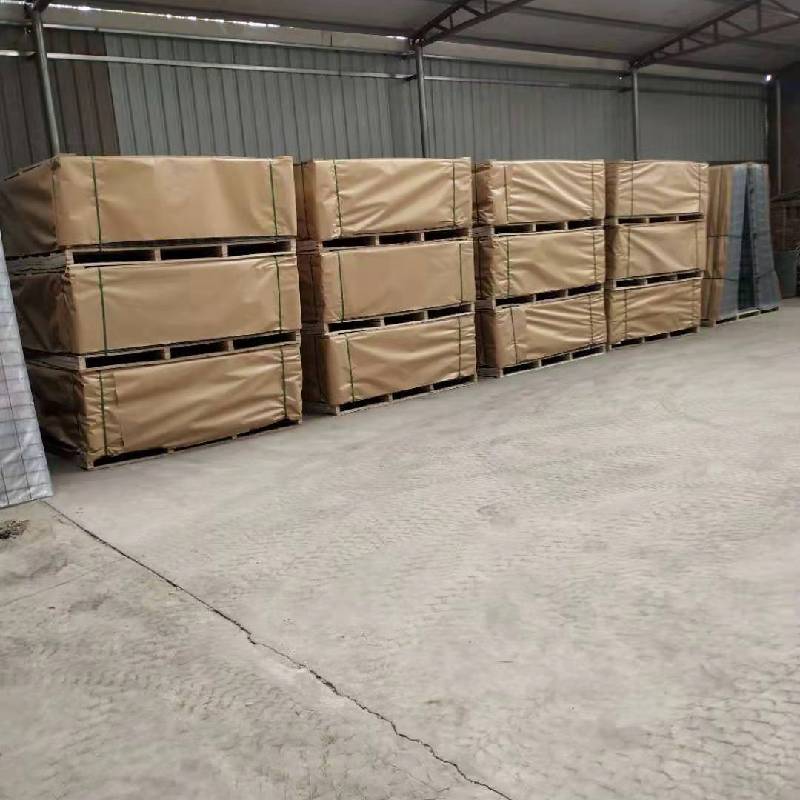
- Mobile Phone
- +8613931874955
- sales@cntcmetal.com
what is wall tie failure
Understanding Wall Tie Failure An Overview
Wall ties are crucial components in the construction of cavity walls, serving as the connection between the inner and outer leaves of a wall. These metallic or synthetic ties play a vital role in maintaining structural integrity and providing stability. However, over time, wall tie failure can occur, leading to significant structural problems and potentially costly repairs. This article explores what wall tie failure is, the causes of its occurrence, and the implications for building integrity.
What is Wall Tie Failure?
Wall tie failure refers to the deterioration or complete failure of the wall ties that connect the two layers of a cavity wall. This failure can manifest in several ways, including rusting, mechanical deterioration, or displacement from their intended position. When wall ties fail, it compromises the structural stability of the wall, potentially leading to bulging, cracking, or even complete collapse in extreme cases.
Causes of Wall Tie Failure
1. Corrosion One of the most common causes of wall tie failure is corrosion. Wall ties are often made from steel, and if they are exposed to moisture, they can rust. This is especially prevalent in older buildings where the ties may have been made from non-galvanized steel. Once corrosion sets in, the ties can lose their structural integrity, leading to failure.
2. Movement and Settling Over time, buildings may settle or shift due to changes in the ground below, resulting in stress on the wall ties. This movement can cause ties to pull away from the wall or become misaligned, leading to failure.
3. Improper Installation If wall ties are not installed correctly, they may not function as intended. Factors such as incorrect spacing, inadequate embedding, or using the wrong type of tie for a specific wall type can all lead to premature failure.
4. Moisture Penetration The primary function of a cavity wall is to prevent moisture from penetrating the inner wall. If there is a failure in the outer wall (due to crack, damage, or poor maintenance), moisture can infiltrate the cavity. This moisture can lead to accelerated corrosion of the wall ties.
what is wall tie failure

5. Age of the Building As buildings age, the materials, including wall ties, can degrade. Older buildings may have wall ties that were not designed to withstand today's environmental conditions, contributing to failure over time.
Implications of Wall Tie Failure
The consequences of wall tie failure can be severe. A compromised wall can lead to
- Structural Damage The integrity of the entire structure can be at risk. Walls may start to bulge or crack, potentially leading to the need for extensive structural repairs.
- Safety Hazards In extreme cases, the failure of wall ties can lead to collapses or falling debris, posing safety risks to occupants and pedestrians.
- Increased Costs The longer wall tie failure goes unaddressed, the more expensive the repairs will be. Early identification and remediation are crucial to avoid escalating repair costs.
Conclusion
Understanding wall tie failure is essential for homeowners, builders, and property managers. Regular inspections can help identify potential issues early, ensuring the overall health of a structure. Addressing factors that lead to wall tie failure—such as moisture control, proper installation techniques, and awareness of the building's age—is crucial for maintaining a safe and stable environment. Recognizing the significance of wall ties in structural integrity can lead to better maintenance practices and prolong the life of a building.
share:
-
Why Sacrificial Formwork Is Redefining Underground ConstructionNewsJun.06,2025
-
The Structural Dynamics of Modern Concrete: How Snake Spacers Revolutionize Flexible ReinforcementNewsJun.06,2025
-
Snake Spacers Smart-Lock Concrete Reinforcement with Surgical PrecisionNewsJun.06,2025
-
Snake Spacers: Reinforcement Precision for Modern Concrete ProjectsNewsJun.06,2025
-
Snake Spacers Powering Concrete's Structural DNANewsJun.06,2025
-
Slither into Success: Snake Spacers' Precision Bite for Unbreakable ReinforcementNewsJun.06,2025
-
Sacrificial Formwork: Building Stronger, Faster, and Safer StructuresNewsJun.06,2025



















